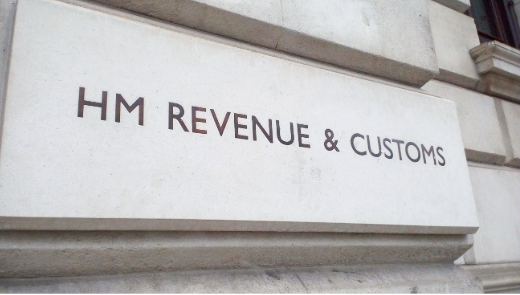VCTs, EIS and SEIS explained
In many of our articles, we have touched upon the trinity of higher-risk investments for the purposes of tax relief: Venture Capital Trusts (VCT) Enterprise Investment Schemes (EIS) and Seed EIS (SEIS). Today I’ll be running through the main features of these products.
What are they?
VCT, EIS and SEIS are all initiatives sponsored by the government to encourage investment into smaller unquoted companies. Broadly speaking, they are a way for small companies to raise large amounts of capital in a short period. Because the companies are small, there can of course be a high level of risk associated with investing into them. Fortunately, tax relief is available on the investments to offset the higher risk.
What is a VCT?
A VCT, first introduced in 2005, is a plc which is set up and invested in, much like a normal investment fund. The VCT will typically run for five years, although the length of the investment may fluctuate.
The main benefit of a VCT is the 30% income tax relief that you will receive for making an investment. This can be used to reduce your income tax liability, especially if you are a higher or additional rate taxpayer. So long as your total investments into VCTs do not exceed £200,000, you will receive a tax certificate for 30% of your investment to offset against your tax bill. Unfortunately, it is not possible to reduce your income tax liability to below nil.
VCTs will pay a series of dividends over the term of the investment, subject to liquidity. These dividends will depend on the performance of the company. The dividends themselves are also exempt from income tax, so there is no need to file them on your tax return.
Any gain on the disposal of VCT shares after five years and on which VCT income tax relief has been given and not withdrawn will be exempt from Capital Gains Tax (CGT).
What is an EIS?
An EIS works somewhat similarly to a VCT but is arguably a riskier investment. An EIS will buy shares in various small limited companies, as opposed to the one a VCT invests in. You will also receive 30% income tax relief and can contribute up to £1,000,000 (or £2,000,000 providing anything above £1,000,000 is a ‘knowledge intensive’ investment). The income tax relief on an EIS can also be used to offset against your income tax liability for the previous tax year, adding a degree of flexibility to it.
The exemption from CGT is reduced to only three years on an EIS. There is a facility to defer paying CGT on all or part of a chargeable gain by investing the proceeds in qualifying EIS shares in a period one year before and three years after the disposal of the original asset. Gains are also deferred until a chargeable event such as the disposal of the EIS shares or an earlier breach of the EIS rules.
Remember Business Property Relief (BPR), outlined briefly in our ISAs article? EIS shares should constitute “relevant business property” for inheritance tax purposes. This means that after two years the EIS shares should qualify for 100% BPR and fall outside of the estate.
There is also a relief for capital losses on the disposal of shares: any loss realised on the disposal of qualifying shares (net of any income tax relief initially obtained) may be set against the individual’s taxable income arising in the tax year in which the disposal occurs, or the previous tax year.
The loss may also be offset against CGT, and excess losses may be carried forward.
What is a SEIS?
A SEIS works quite similarly to an EIS, with a few key differences: the income tax relief is 50% on investments up to £100,000. This is mostly due to the greater level of risk associated with funding start-up companies.
CGT reinvestment relief equal to 50% of the amount invested (subject to the £100,000 investment limit) is available to offset against gains arising in the tax year. The investment in SEIS shares can take place before the disposal of the asset, provided that both the disposal and investment take place in the same tax year.
So there we have it. These investments are somewhat complex and not for everyone. They are ideally suited to higher-risk investors with a high level of income and a high tax bill. If you feel that you wish to discuss these products further please give us a call.
As ever, it is important to remember that:
Investments may go down as well as up and you may lose your initial capital.
The above article is for information purposes only and no aspect of it constitutes Financial Advice.
This document is marketing material for a retail audience and does not constitute advice or recommendations. Past performance is not a guide to future performance and may not be repeated. The value of investments and the income from them may go down as well as up and investors may not get back the amount originally invested.
Let's Talk
Book a FREE 30-minute Teams call and we’ll answer your questions. No strings attached.
Check Availability




